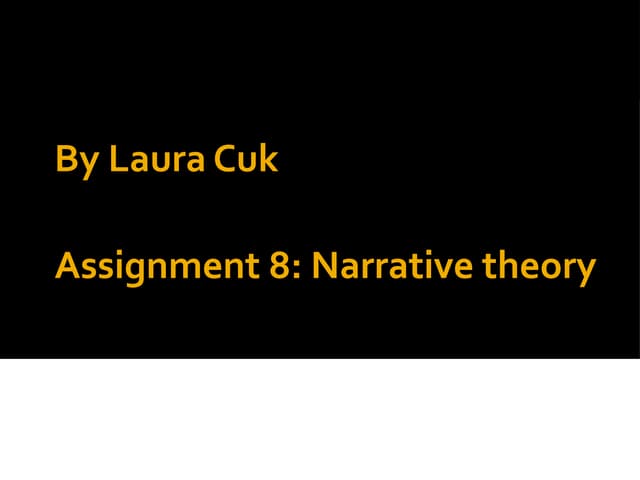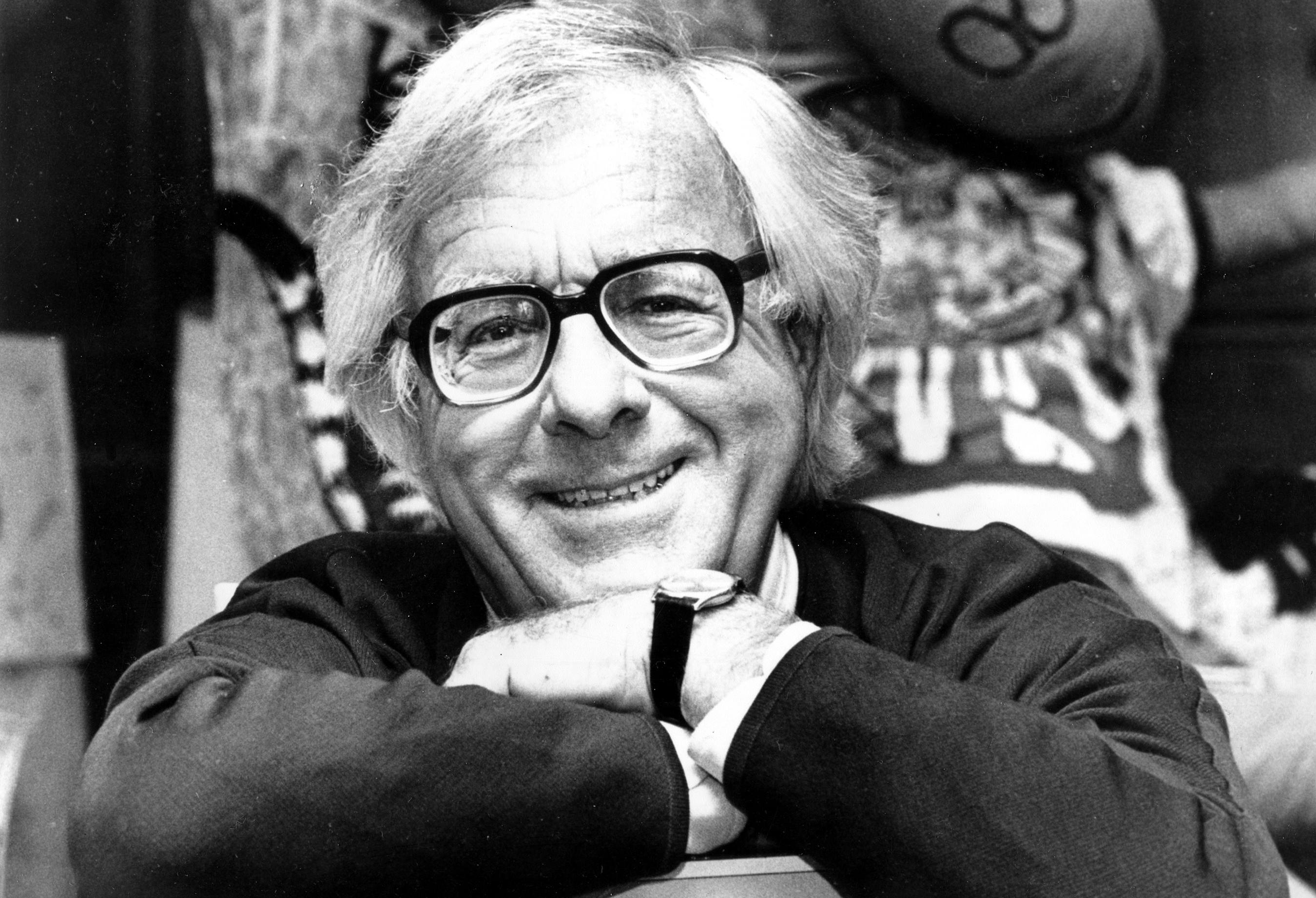


He also published The Martian Chronicles in 1950. In fact, he published some 15 stories in 1950, many of them rather good. In my conscientious attempt to fairly nominate stories from 1950 for the Retro Hugo, I noticed that quite a few of Ray Bradbury's stories were eligible. Anyway, for whatever reason I ended up adopting the attitude of Millhouse from The Simpsons to Bradbury: "I am aware of his work." Which is, of course, unfair, because his best work was really quite wonderful, as I hope this review shows. And still got an A on the test by listening closely to class discussions. That just rubbed me the wrong way, and I read about the first 20 pages, and stopped. But we were assigned Dandelion Wine in 8th grade English, and our teacher told us that, as young boys living in northern Illinois, we should just LOVE Dandelion Wine, because it was about a young boy living in northern Illinois. I had had an ambiguous relationship to Bradbury's fiction - I really liked Fahrenheit 451, which I read in high school, 1974 or so. In his honor, I've uncovered something I wrote back in 2001 about Bradbury's first two collections. This edition was published in 2008 by Harper Voyager.Today would have been Ray Bradbury's 99th birthday. I have read several of Bradbury’s works and this stands out as the best one. It has aged well, compared to other science fiction of the era. It hasn’t dated much, apart from some obvious things such as the years mentioned (apparently the world will end in 1969), the characters’ names, the preoccupation with ‘atomic war’ and the lack of female astronauts. Special mentions to these particular stories: ‘Usher II’ (which has some themes prefiguring Bradbury’s subsequent novel Fahrenheit 451), ‘The Other Foot’ (a powerful story in the context of race relations) and ‘The Long Rain’ (a tale of despair and hope in the jungles of Venus).Īlthough the book was first published in 1952, it feels more modern than that to me. Themes include the power that children have over adults, the effects of space travel on mental health and the problems which occur when you have a robot made of yourself.

They’re all beautifully written, sometimes sinister, sometimes bittersweet, with an element of irony.

The stories are not about the science, but about family and relationships in the context of new inventions.Ī collection of sixteen short stories, they are bound together by the concept of ‘the illustrated man’, who was tattooed by a witch and every night the pictures on his body come alive to show these tales of the future. It’s science fiction, but characteristic of Ray Bradbury’s lyrical style. So I’ve read this fantastic book for a fourth time. I bought a new edition recently, having got rid of my old edition as the pages had turned too brown to read easily.


 0 kommentar(er)
0 kommentar(er)
